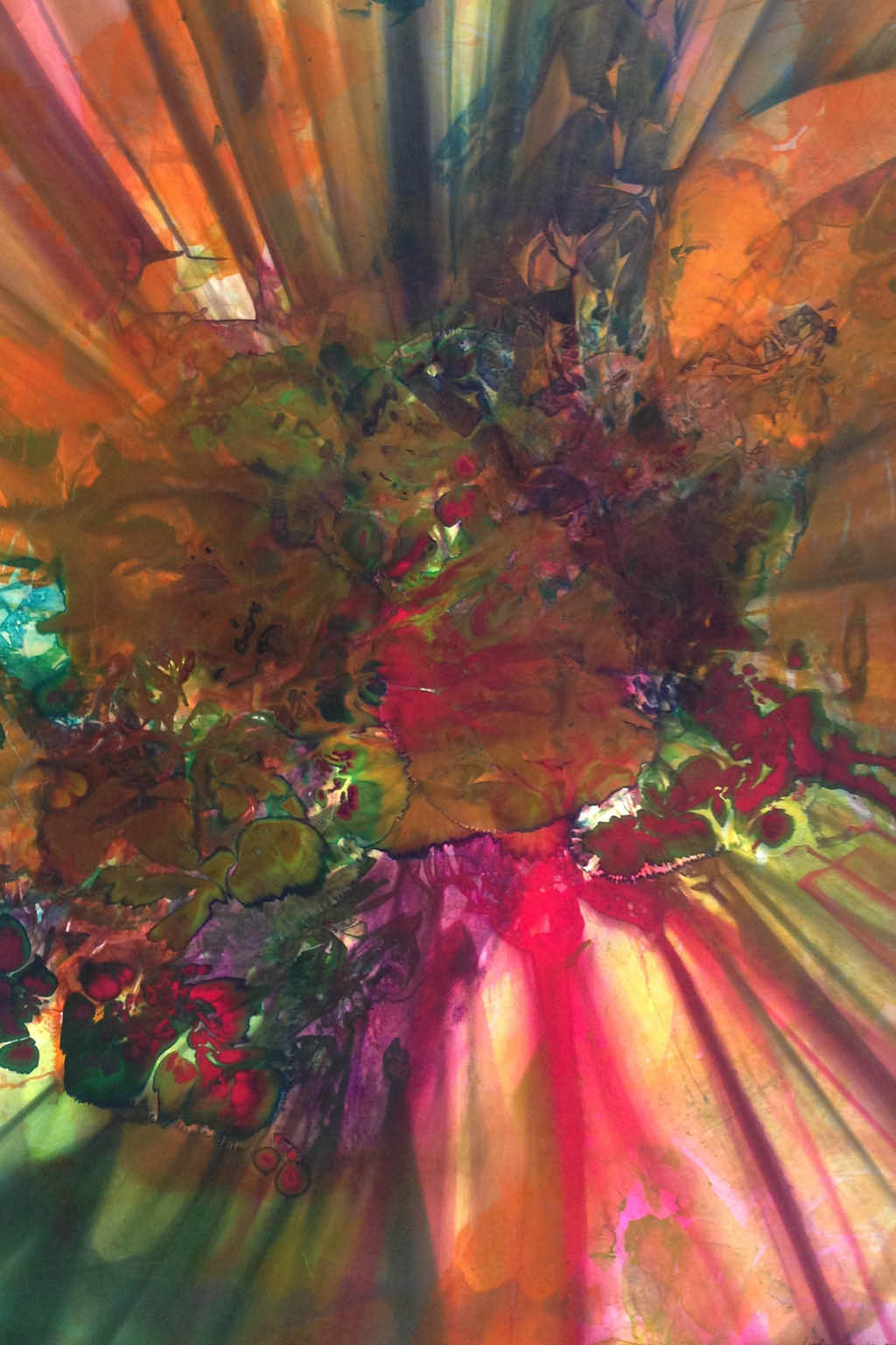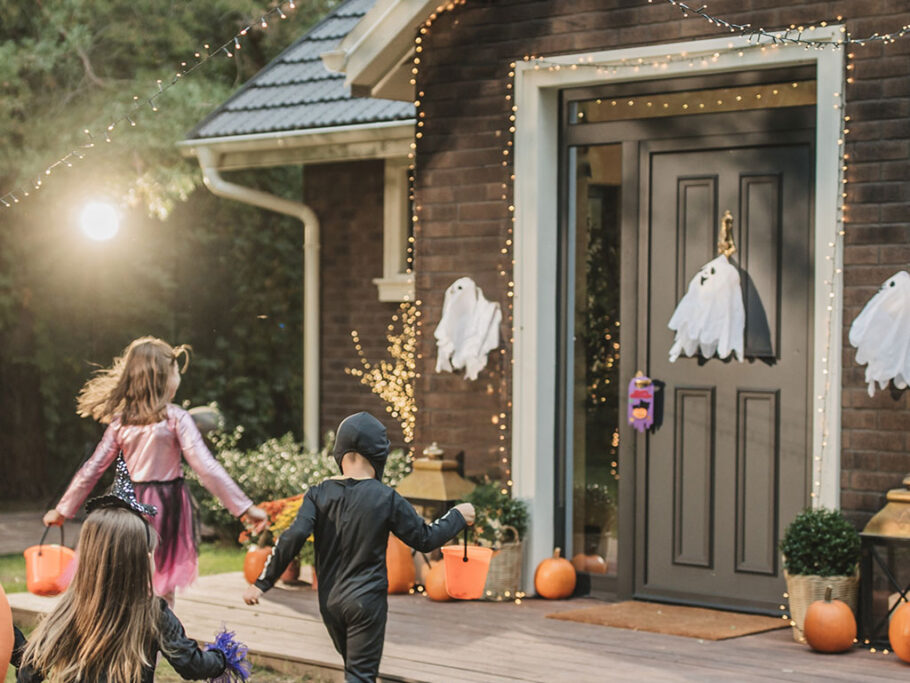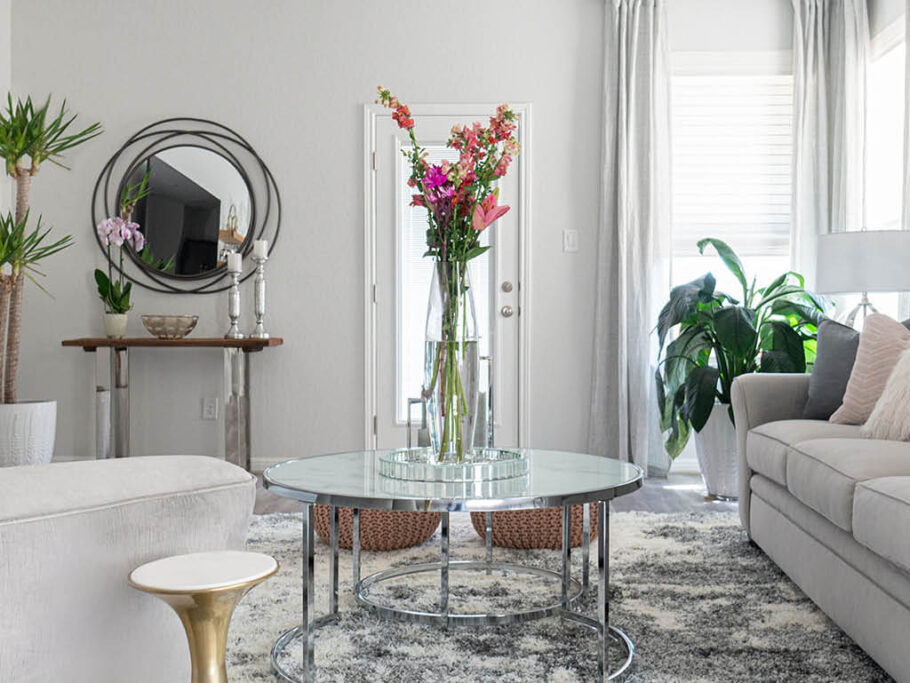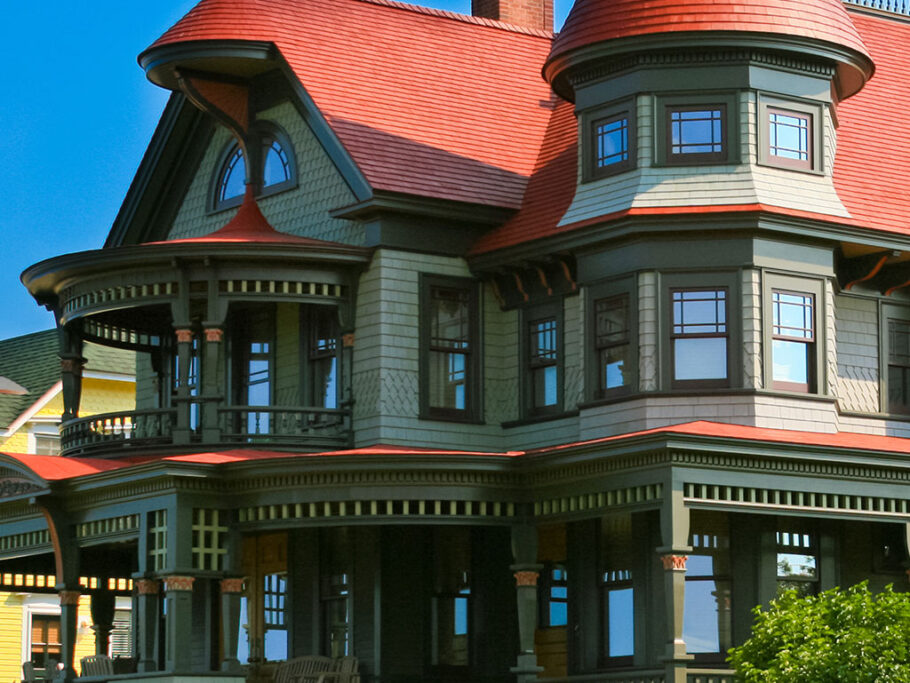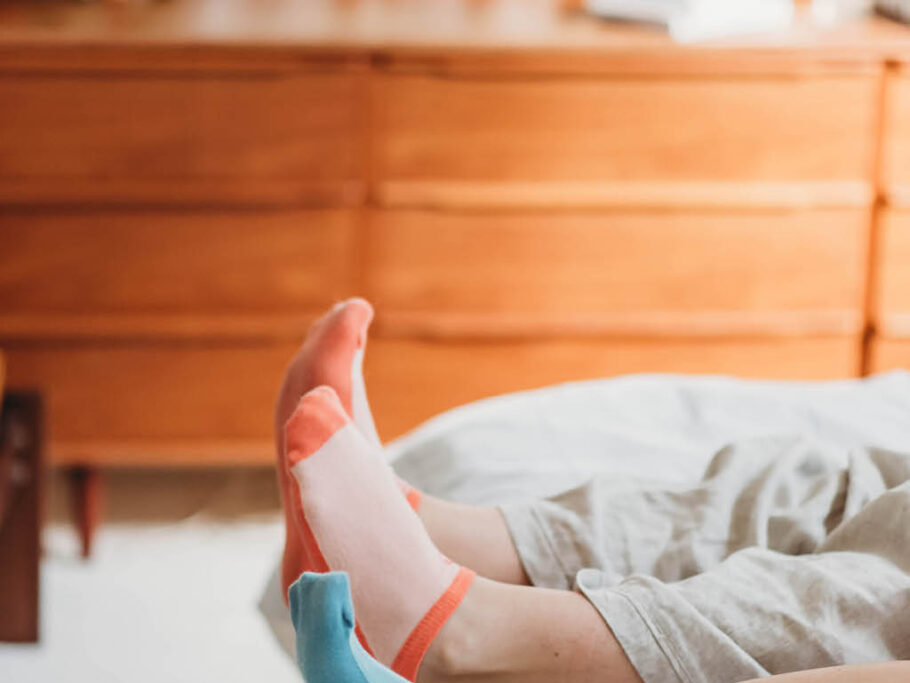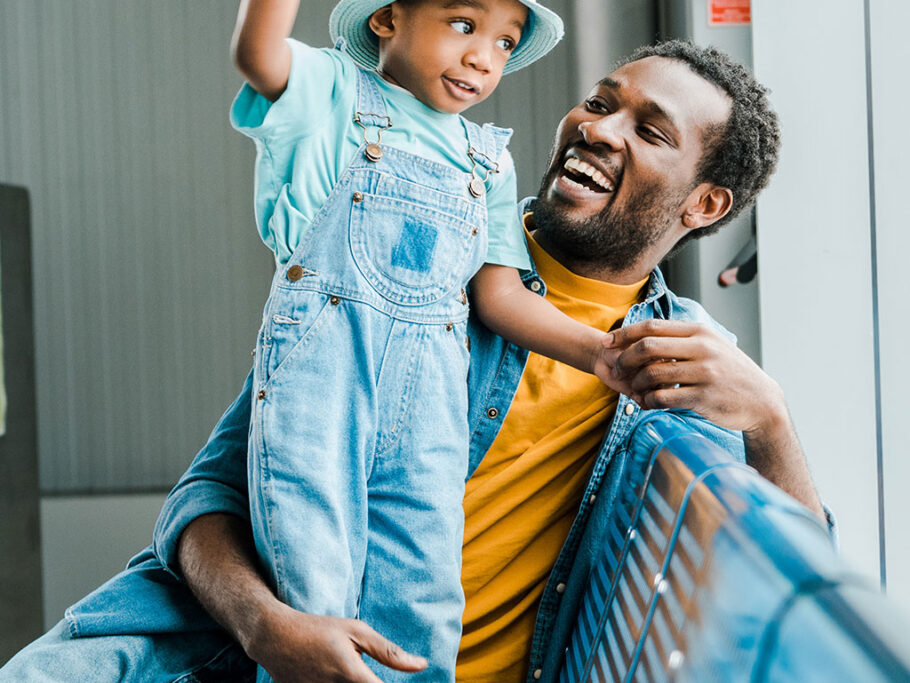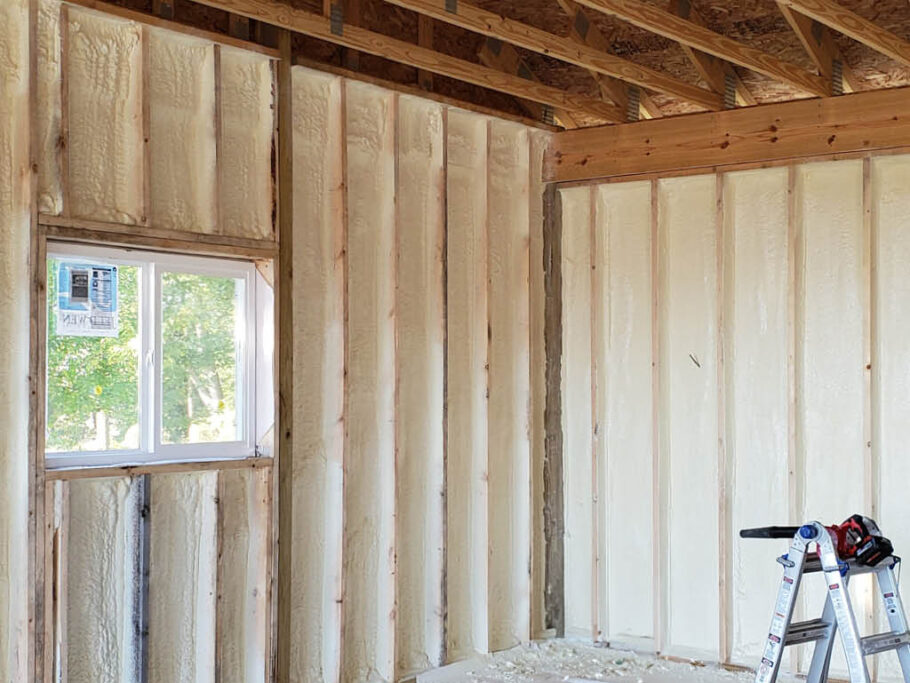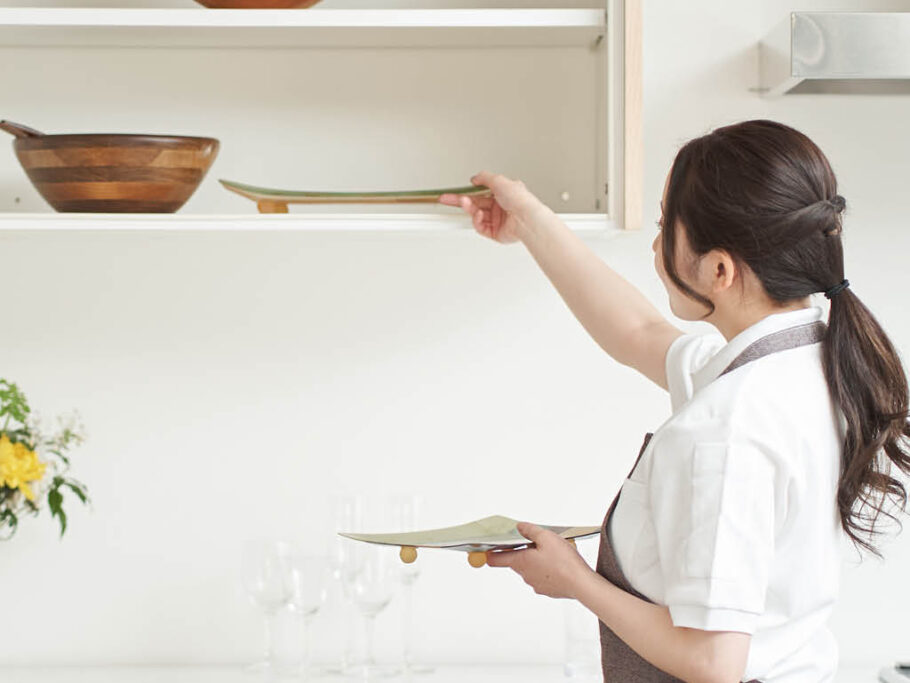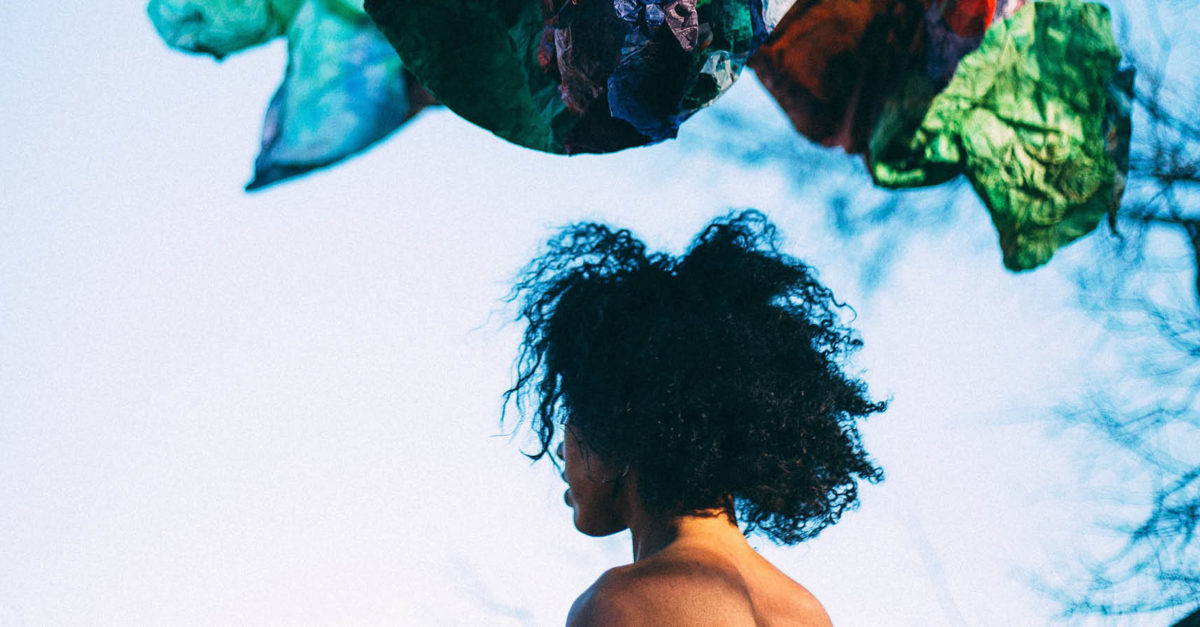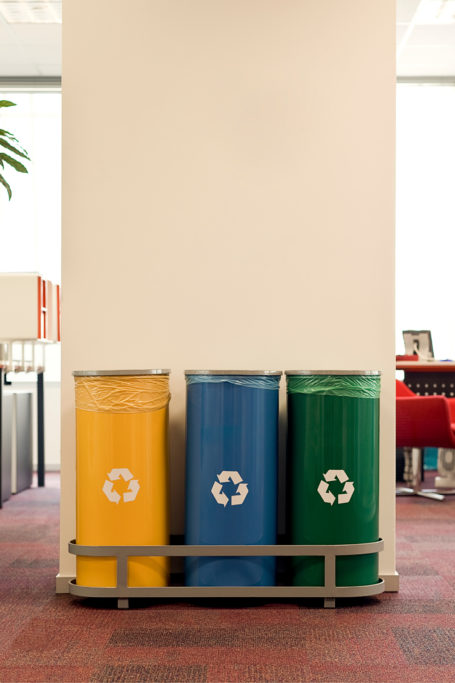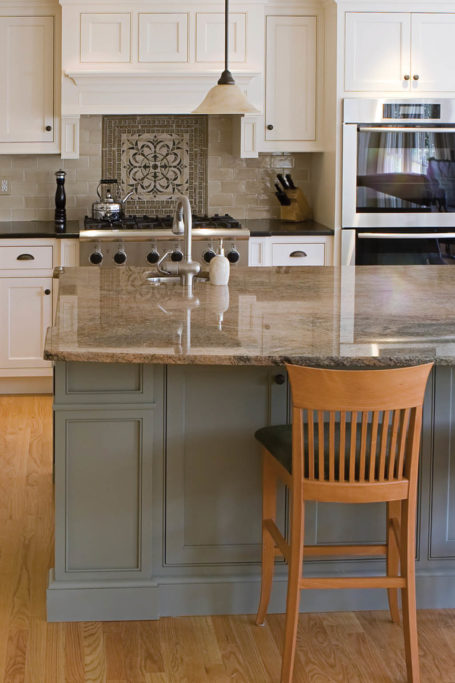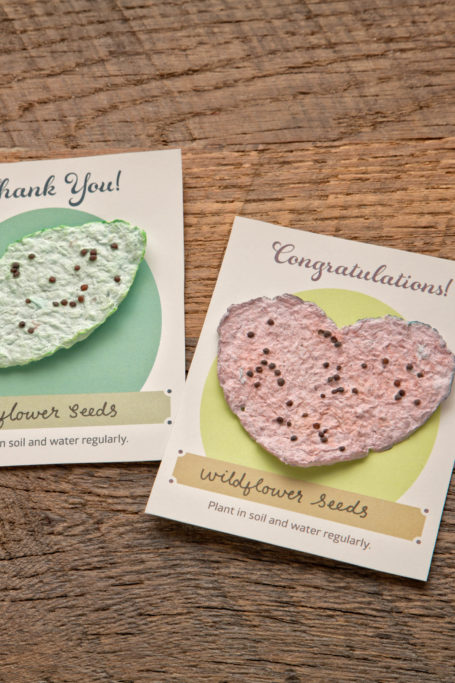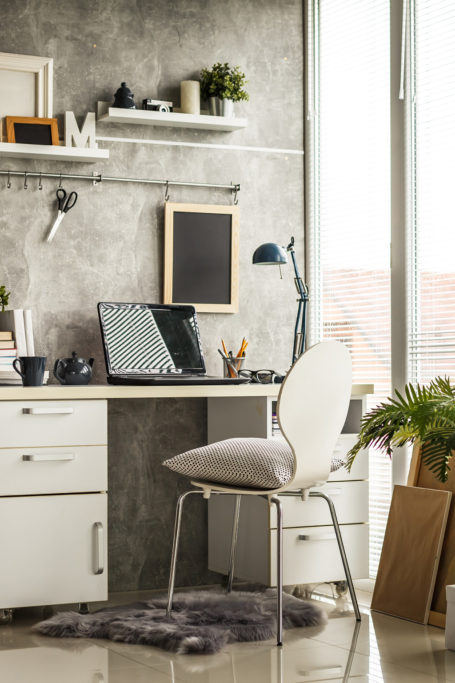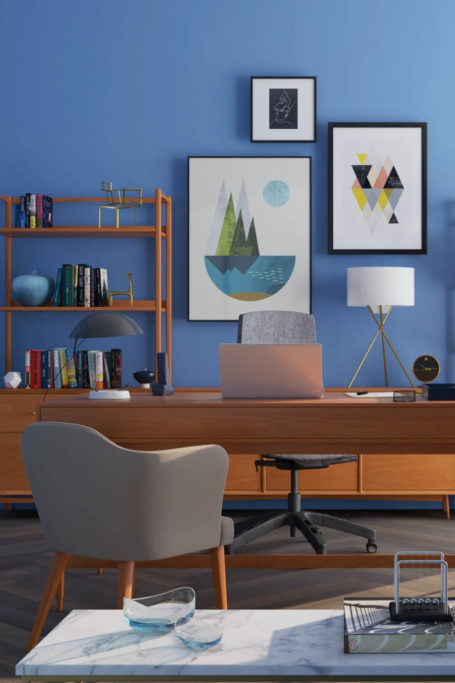Bleeding Art: Maya Freelon Asante
Visionary and artist Maya Freelon Asante discovered her preferred medium by happenstance. While living with her grandmother during art school, she found water-damaged tissue paper in the basement and became fascinated by the bleeding of color. This fortuitous accident became her muse, and she has been using tissue paper to create her art ever since.
What is your earliest memory of making art?
I won an elementary school coloring page contest in first grade. It was for Easter, and I won a purple bunny that I named Sunny Bunny. It was my very first art prize at six years old.
Did your parents support your artistic endeavors?
Always. I come from a family of supportive artists—even my great-grandparents and a great-great-grandparent were artists.
What was it like growing up with an architect father and a jazz singer mother? Have their passions influenced your art?
Most definitely. I get my skill, focus, and precision from my father. I get my funky, wild improvisation from my mother.
When did you know being an artist would be your career path? Did you ever doubt your decision or try anything else?
I’ve always been an artist. I remember interning with a mentor of mine, Beverly McIver. She was a professor at Duke at the time, and I saw a black female artist thriving. What a lesson and what a gift to study with her! I was also mentored by Faith Ringgold and Deborah Willis. All of these artists affirmed my dreams and help me make them happen.
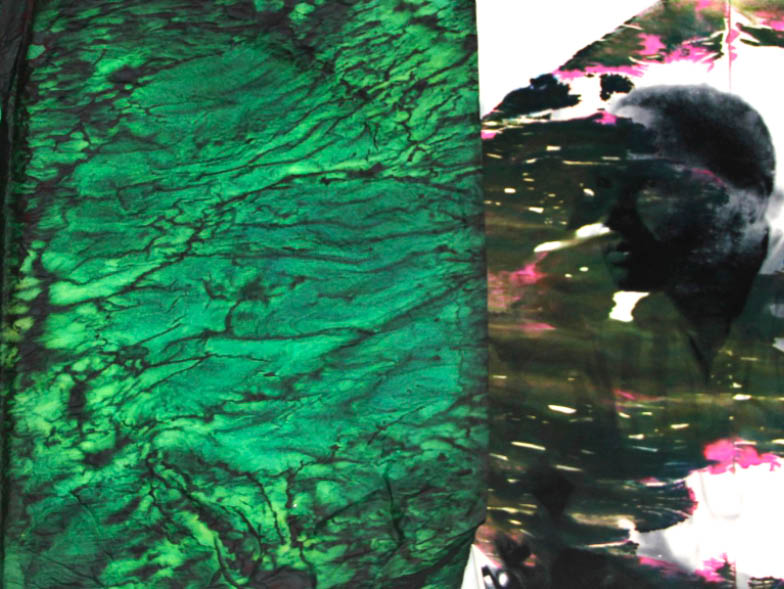
What artists or activists currently inspire you?
I am inspired by Faith Ringgold for her pioneer work as a black female artist and educator; Emma Amos for her use of art as self-expression and exposure of injustice; LaToya Ruby Frazier for her ability to turn the lens on herself and speak what hasn’t yet been spoken; Lorna Williams for her fearlessness and work on familial lineage, heritage, legacy, and ancestor wisdom; and Deb Willis for her work in academia, outstanding documentation, and uplifting of the African diaspora.
Is there someone you’d love to collaborate with?
I’ve recently been dabbling in performance art, so I’d love to work with Holly Bass.
What is your mission statement?
I want to bring joy, beauty, and love to the world through art.
I read that you lived with your grandmother when you attended graduate school in Boston. What was that experience like?
My grandmother is still “advocating for me from the other side,” which she often reminded me she would do when she was alive on earth. She passed away in the physical in 2011 and left a legacy of heirlooms that I am still unearthing. She was from a family of sharecroppers who never got their fair share, so she had a hard time throwing things away. That tendency, mixed with fifty years as a beautician and thirty years as an elementary school teacher, meant her basement was a treasure trove for a mixed-media artist. We lived together when I went to graduate school at the School of the Museum of Fine Arts in Boston. She was my best friend. On my late nights, she would make me dinner, and I would do the same on her late nights. Living with my grandmother as a grown adult was so different than the summers I spent in Cambridge as a kid. She imparted a lot of knowledge and faith during our two years.
How did you come to use tissue paper as a medium? What does it allow you to do that other mediums do not?
I’ve been using tissue paper in every capacity for the last ten years. I found it tucked away in my grandmother’s basement; water had leaked onto the paper, causing the colors to bleed. It was a metaphor for finding beauty in the simplest form, the fragility of life, and the surprise of a “happy accident.” I incorporate those ideas into my artwork in every respect, all the while paying homage to my grandmother, who never wasted a single grain of rice.

What does the process look like?
Is it a process of trial and error, or is there an existing art form using tissue paper? How do you know when a piece is finished? The process is different every time. My mother always taught me to learn the medium and then flip it on its head. So learning how to manipulate the paper, and then throwing all the rules out the window, has been fun. It’s like mastering a musical instrument and then a solo taking you into another world.
What medium was your focus before you decided to use exclusively tissue paper?
Before this, I did a lot of self-portrait work, painting, drawing, sculpture, and photography. It was all mixed media.
Have you always seen beauty in unconventional things?
I think so. In elementary school, I’d look at the old ceiling tiles and see the brown stains that remind us water was once there; I found it disgusting and beautiful at the same time. I love that yin-yang feeling—scrap and precious, fragile and strong, dark and light, funny and sad, hot and cold.
What do you like about site specific installations rather than galleries or museums?
I love to let the space talk to me and tell me what needs to go where. It’s an act of truth, trust, faith, and confidence, and it always surprises me.
Are you drawn to travel?
When you travel, your mind and heart expand and your empathy grows. Traveling always changes my artwork. I’ve exhibited in United States embassies in Madagascar, Italy, Jamaica, and Swaziland. Working with the Arts in Embassies program through the US State Department has truly been an honor and a blessing.
You talk of Hurricane Katrina inspiring your work. Is it still the inspiration for new work?
That was a catalyst, yes. Water literally moving color. Since then, I’ve paid homage to water in my work. Water is the most powerful element on the planet. We should honor it always.

What does community mean to you? How does it rank in importance in your life?
When I create the large tissue quilts, I always ask the community to help in the creation process. Community means, “I am because we are.” Ubuntu. We have power when we join together. I love working with youth and elders because I have their undivided attention. They are aware that the process of creation is healing, and they are fully present. From ages eight to sixty, people are very distracted.
What is a criticism or piece of advice that has stood out to you?
Don’t take yourself too seriously.
What did Maya Angelou say about your work?
She said I visualized the truth about the vulnerability and power of the human being.
If you could resurrect one person, who would you choose?
I would resurrect my son, Wonderful; he lived two days after birth.
Where do you go when you need to feel inspired and renewed?
I go to the water: to the ocean or to my favorite body of water, Jordan Lake, in North Carolina.
What do you hope an audience will perceive or feel when looking at your artwork?
I hope my audience will use my artwork as a mirror to find a piece of themselves.
Do you see yourself using tissue paper as your medium for many years?
Yes, probably forever.
For more info, visit mayafreelon.com.
